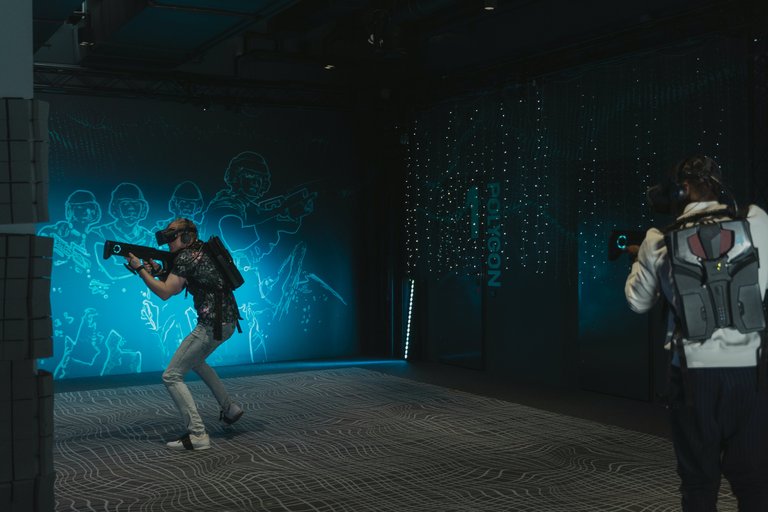A Strange Contradiction of the Digital World
In a world where instant access and unlimited content is becoming the norm, the notion of "digital scarcity" might seem like a paradox.
Which at its core, begs us to ponder on the question: can something truly be scarce in a world of infinite reproduction?
Fueled by the rise of virtual worlds and the increasing desire for online status, an emerging trend that is gaining ground is the deliberate creation of artificial scarcity for certain digital goods and experiences.
I think as virtual reality technology advances and online applications become more immersive, we are soon approaching a time where a very significant portion of our lives will literally take place within virtual worlds.
And within these virtual societies, owning a rare digital avatar or participating in an exclusive online event can even translate into real-world "bragging rights" and influence on one's social standing.
Of course, this has started happening to a certain degree and it already raises intriguing questions about the evolving relationship between our virtual and real identities.
A Digital Mirage or the Future of Value?
Everyone can buy regular sneakers, but owning a rare pair with only 100 made worldwide makes one feel special and exclusive.
Digital scarcity does the same thing for virtual goods, creating a sense of prestige and value around things that can be copied infinitely.
With the advent of NFTs however, the value derived from infinite copying was significantly limited. Because NFTs created a unique signature where the real item could be differentiated from the copied ones.
Linear thinkers will say scarcity 2.0 is a digital mirage much like searching for a specific grain of sand on an infinite digital beach.
Very hard to find and even much harder to keep. This reflects the seemingly insubstantial nature of the digital realm, where things move very fast and are constantly changing. What's exclusivity without relevance?
For non-linear thinkers, digital scarcity is not just a trend but a natural evolution of how we perceive value.
In the digital realm, scarcity is not about the inability to reproduce an item(as in the physical realm) but the deliberate limitation of access to create exclusivity.
This means that scarcity can be engineered through innovation and creativity amidst an overflowing abundance in an ever-expanding digital universe.
This is what linear thinkers tend to miss but I'd say finding the true worth of virtual assets will not be determined just by their exclusivity, but also by the community and culture that emerge around them.
The reason is because the other strong point that linear thinkers throw out is that virtual assets have no inherent value because they're intangible.
But when we put community and culture into the picture, both of them are intangible yet they're more valuable than many tangible things out there.
A Unique Aspect
Besides, a unique aspect of digital scarcity is that it's based on digital assets, which in the web3 space are actually owned and not merely rented.
I think this objectively carries a lot of value too. But the mirage of creating artificial limitations for exclusivity that taps at our innate desire for uniqueness is also ever present.
Reconciling this strange contradiction of the digital world isn't that hard at this current stage.
And answering the question posed an the introduction is easy. Yes, something truly scarce can exist in a world of abundance. This is because a world, such as the digital world, is not one dimensional.
Thanks for reading!! Share your thoughts below on the comments.
Posted Using InLeo Alpha


Post manually reviewed. 😊
Yay! 🤗
Your content has been boosted with Ecency Points, by @takhar.
Use Ecency daily to boost your growth on platform!
Support Ecency
Vote for new Proposal
Delegate HP and earn more